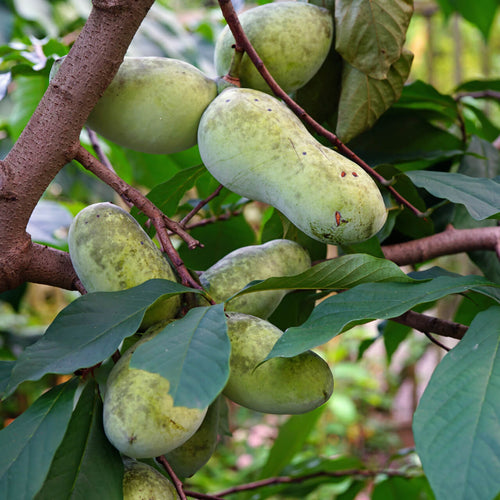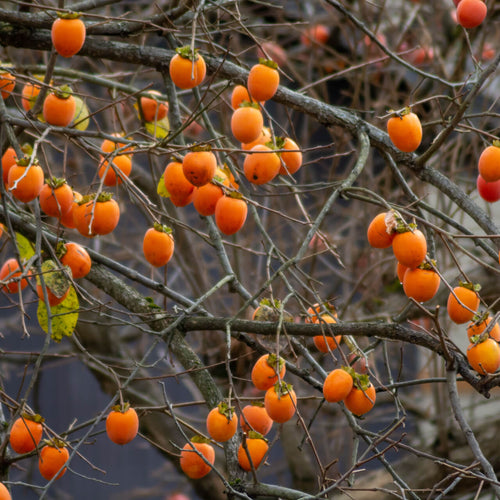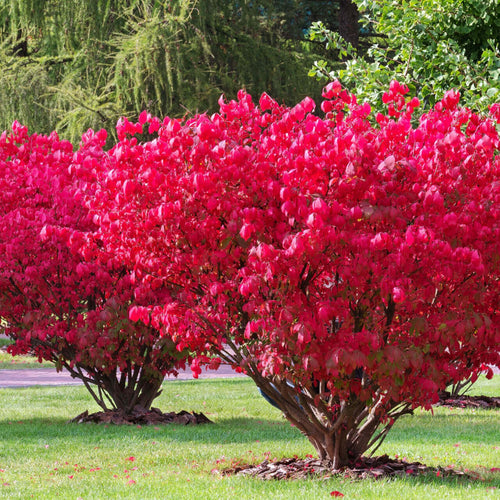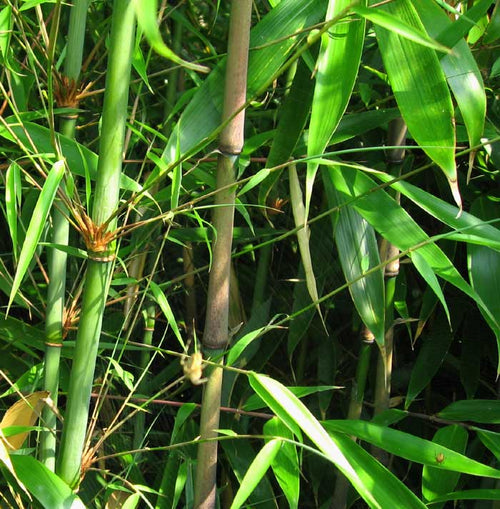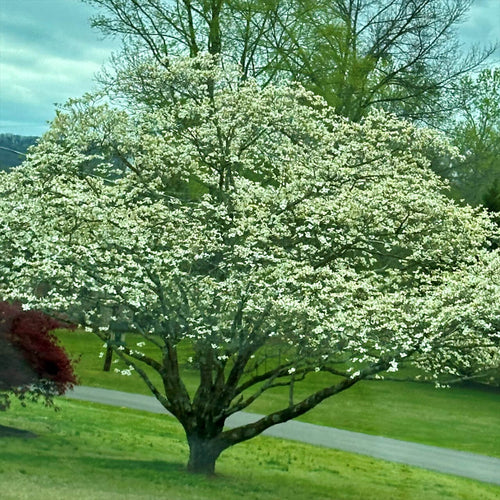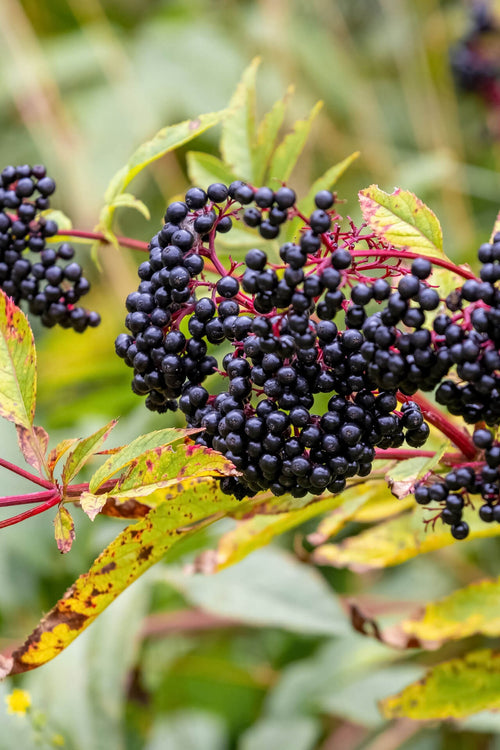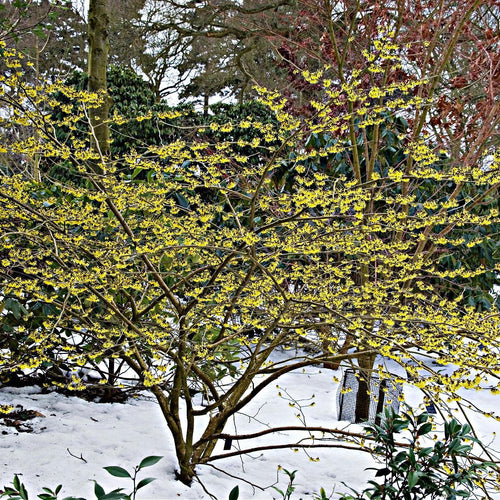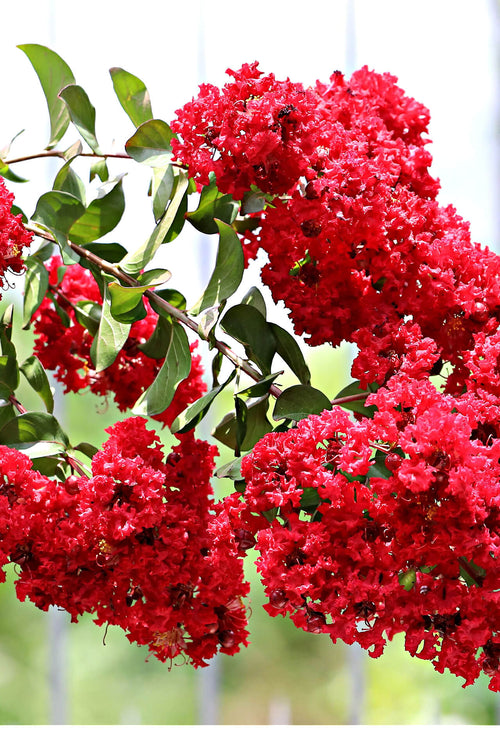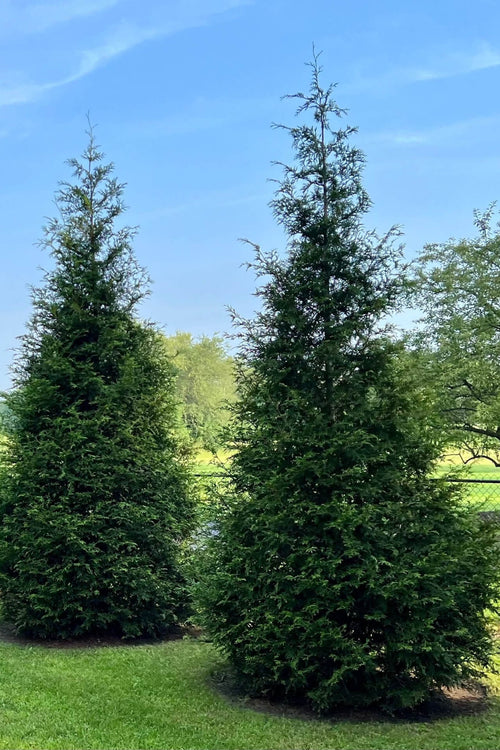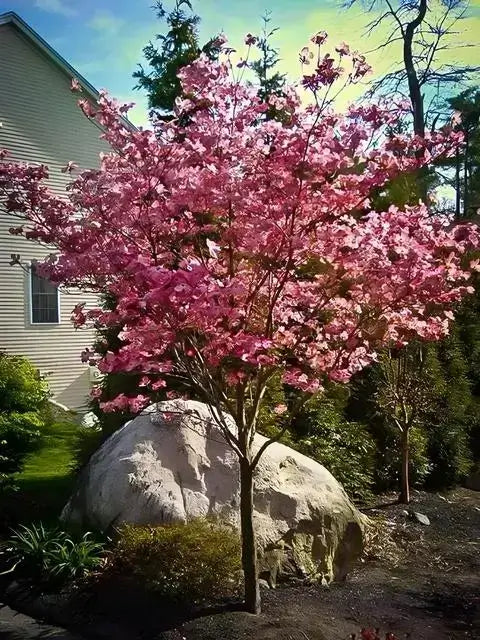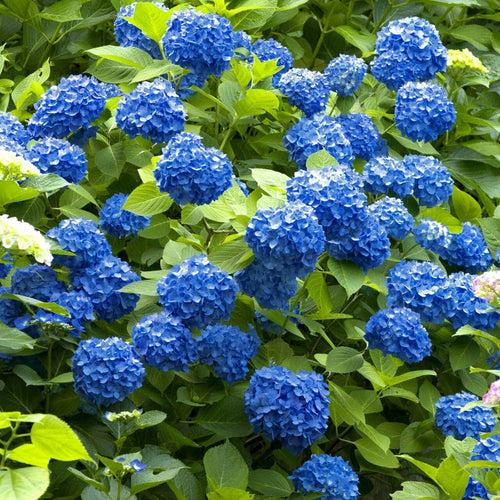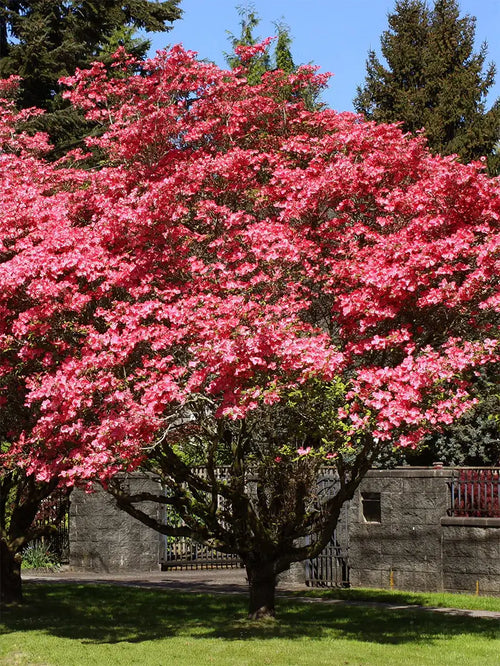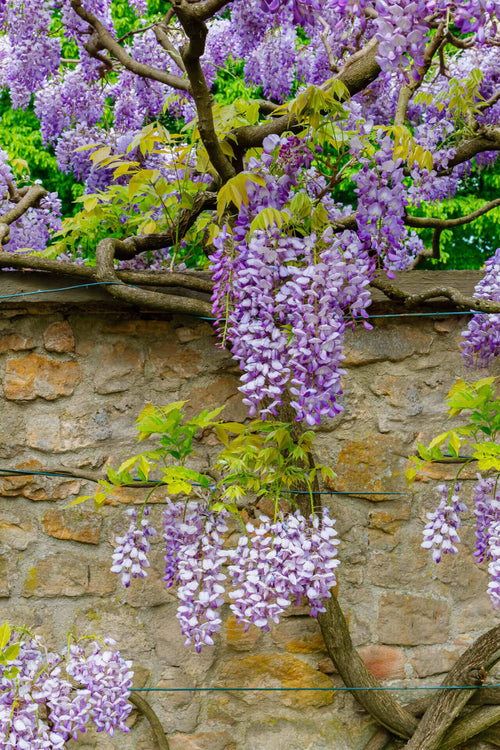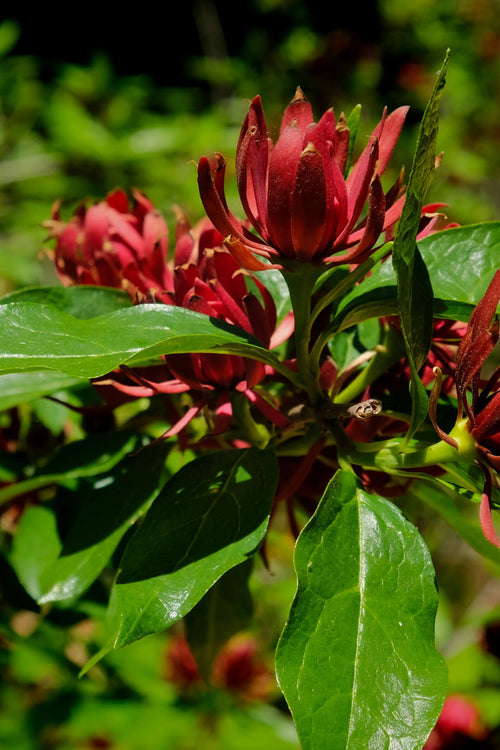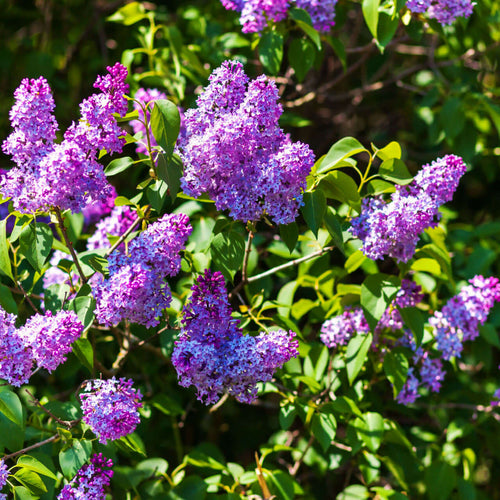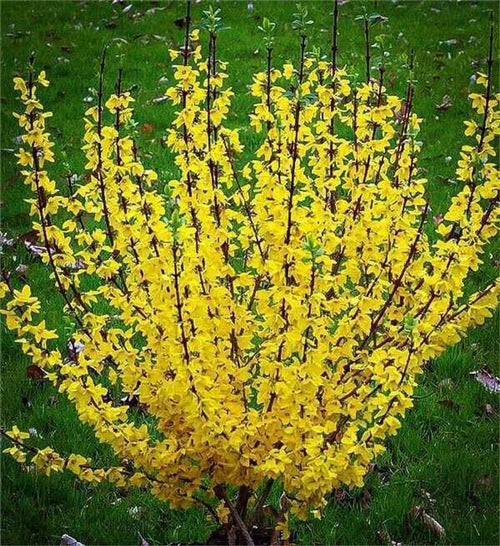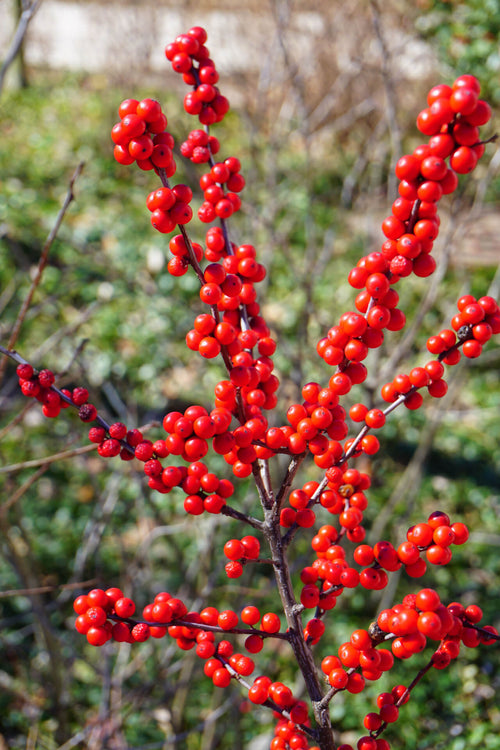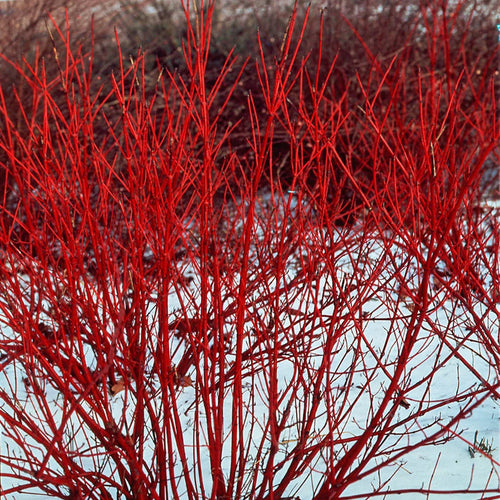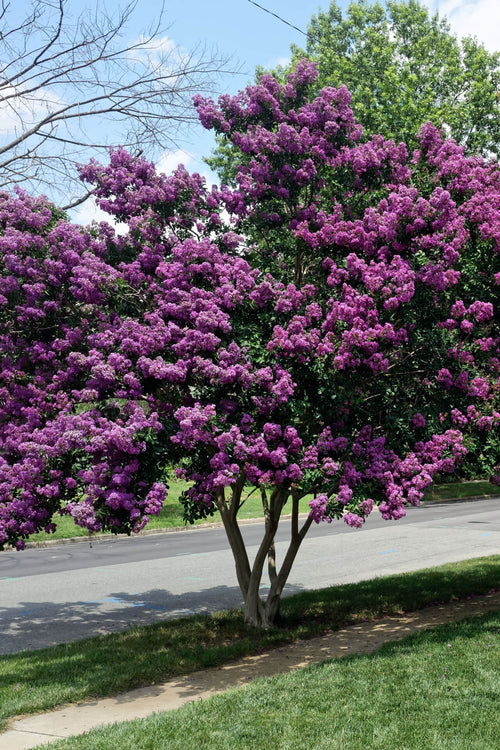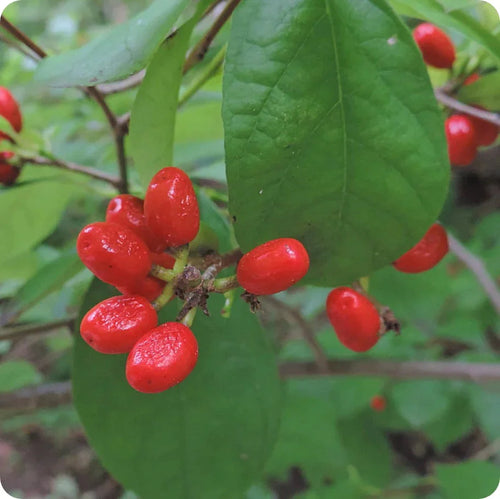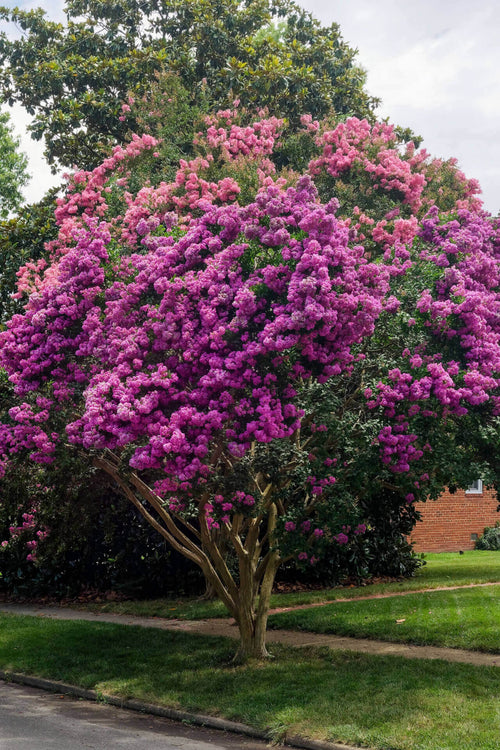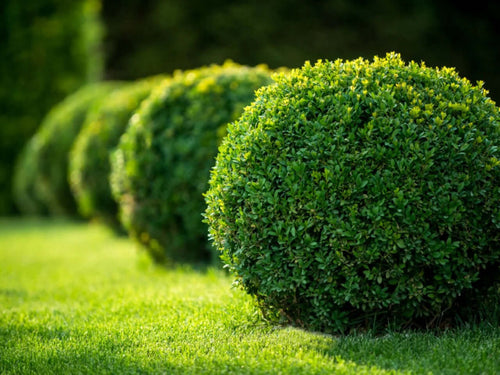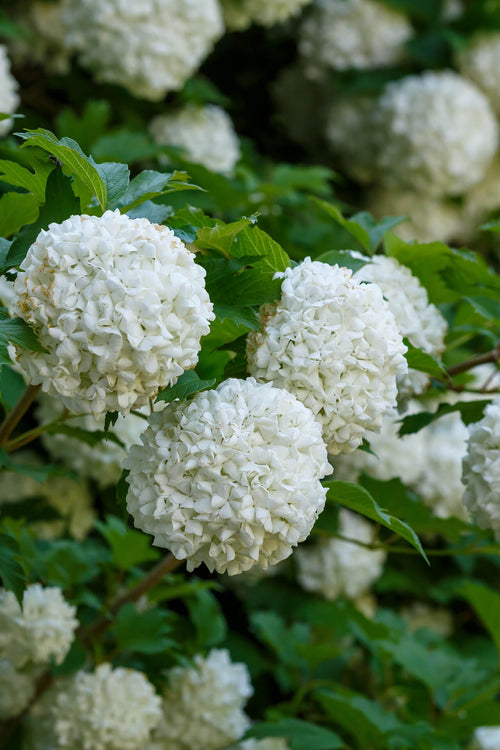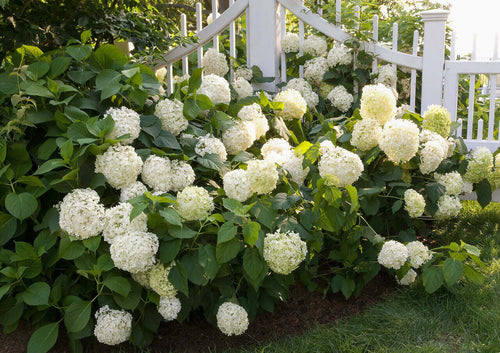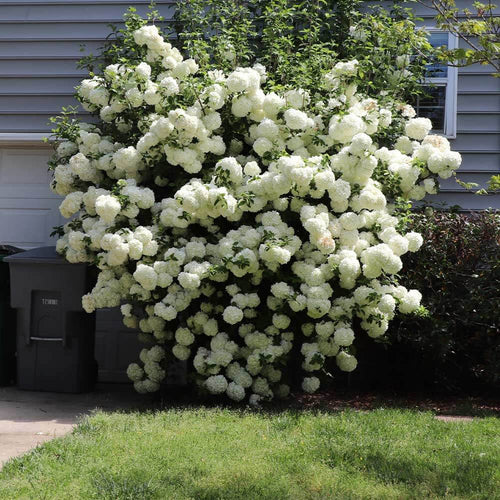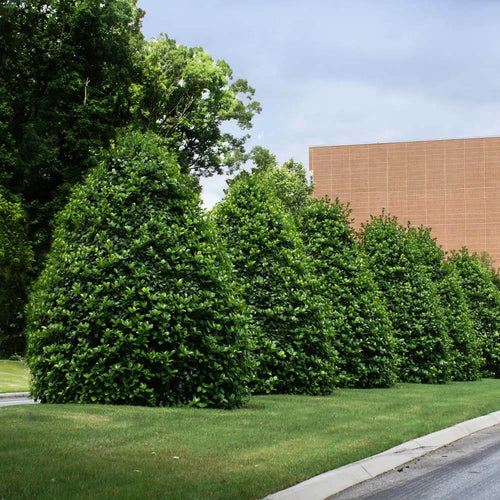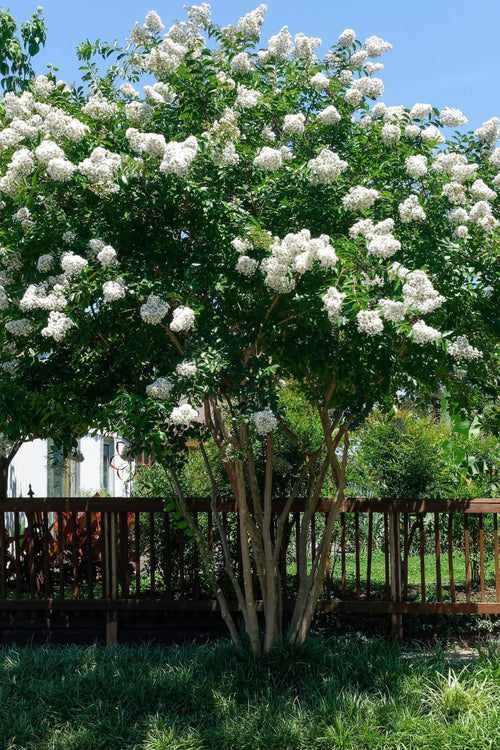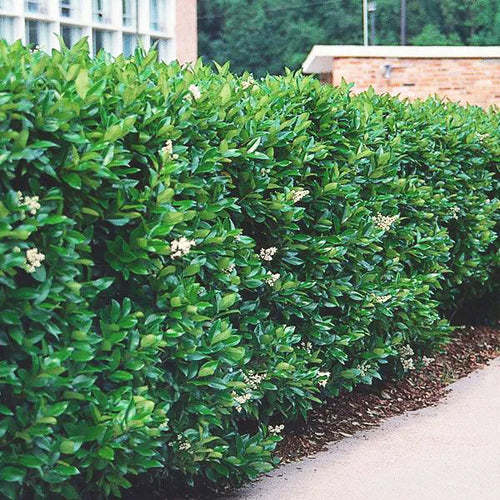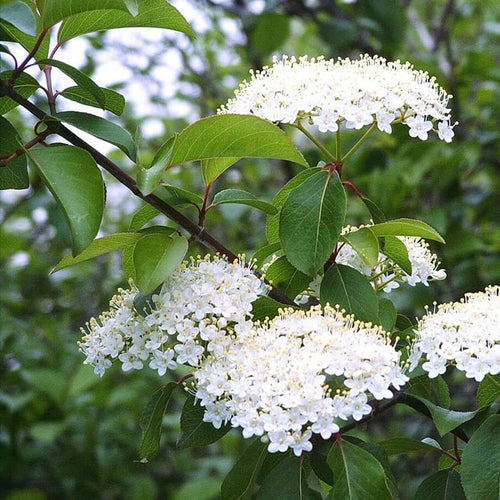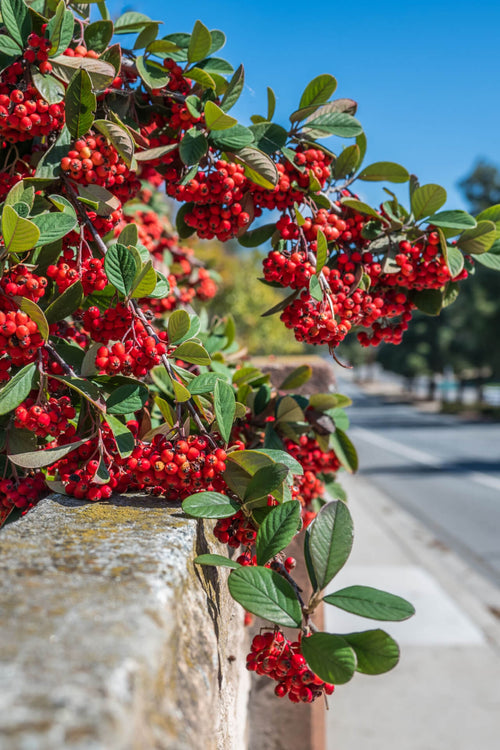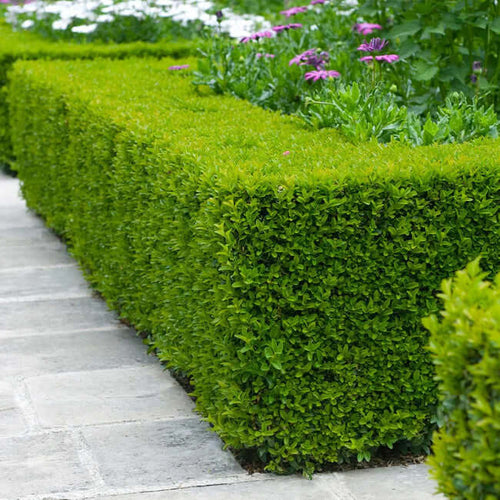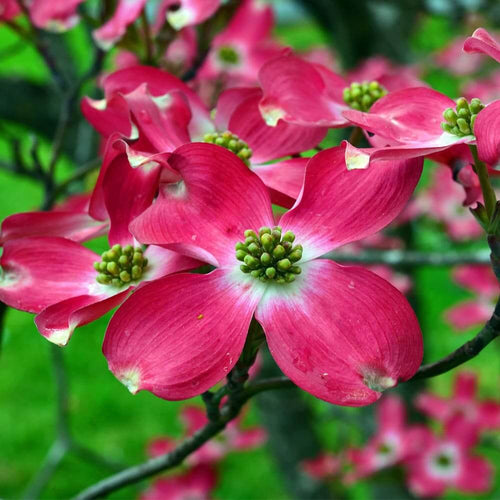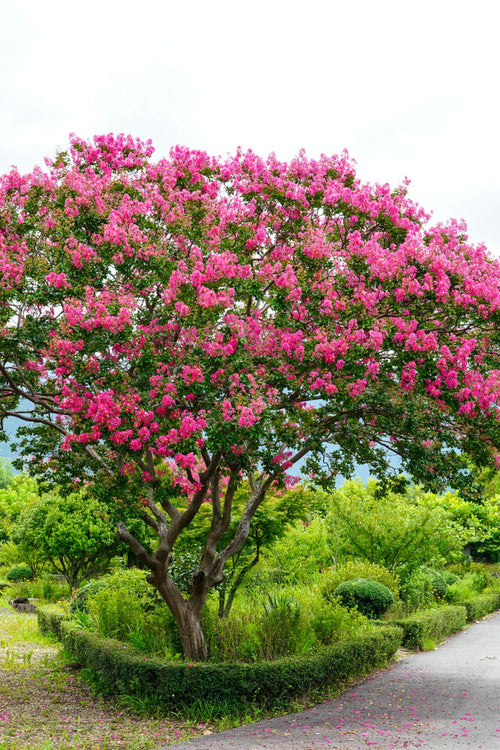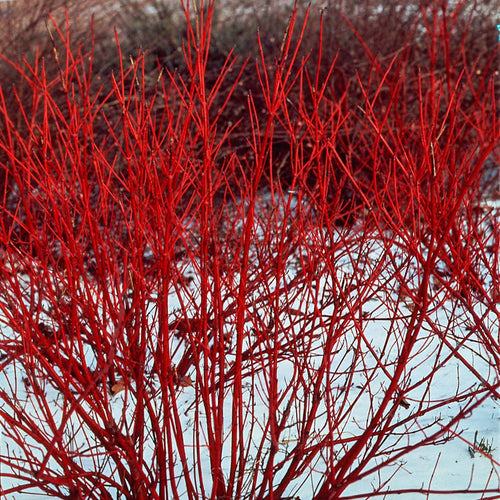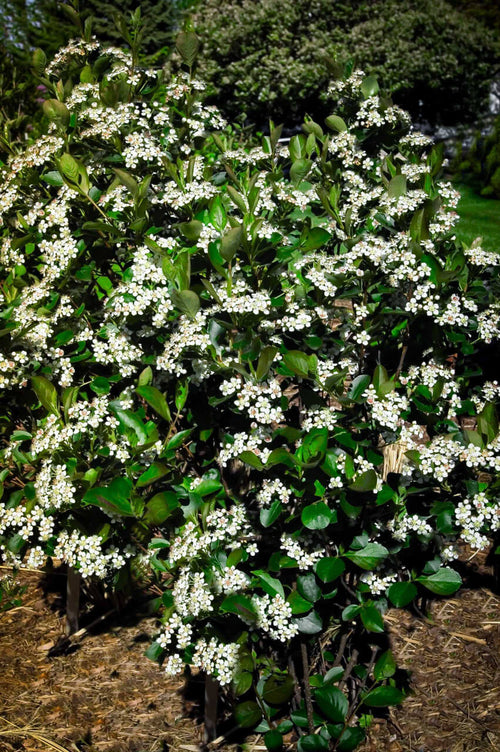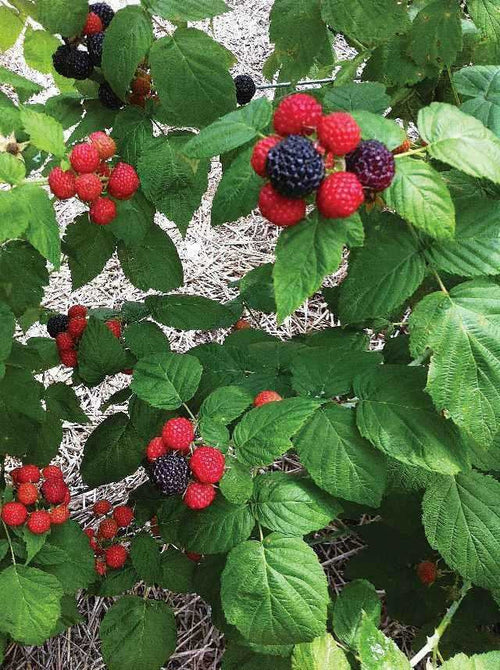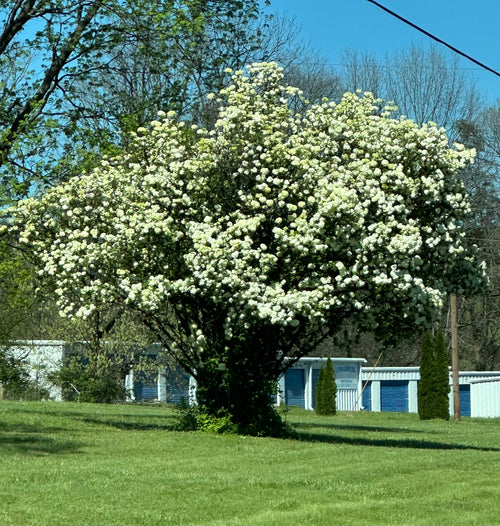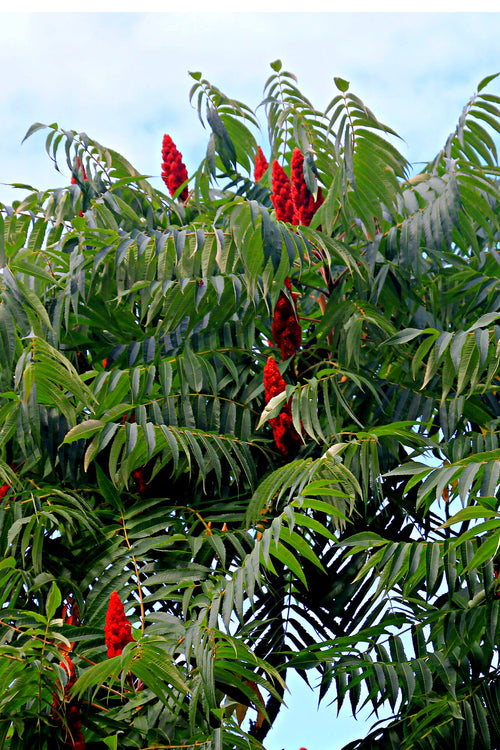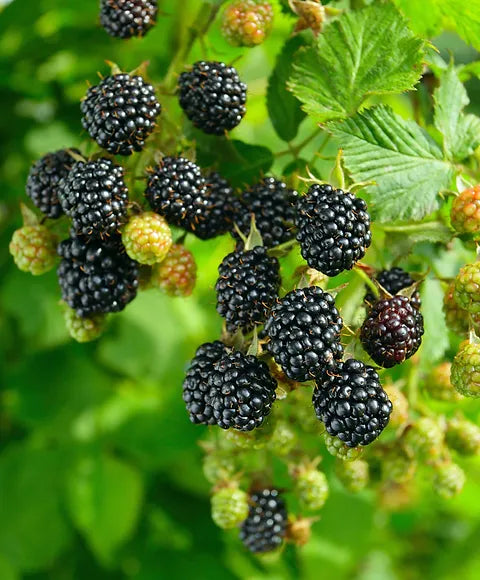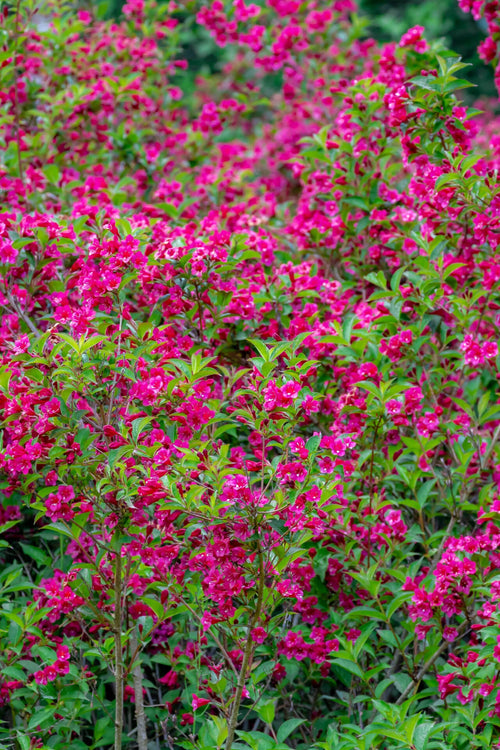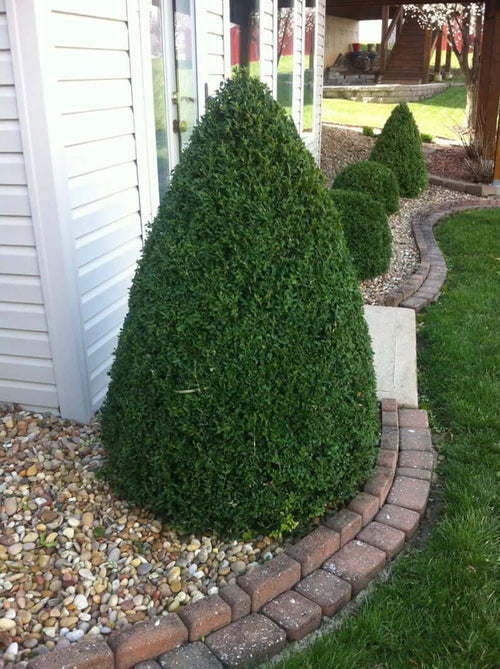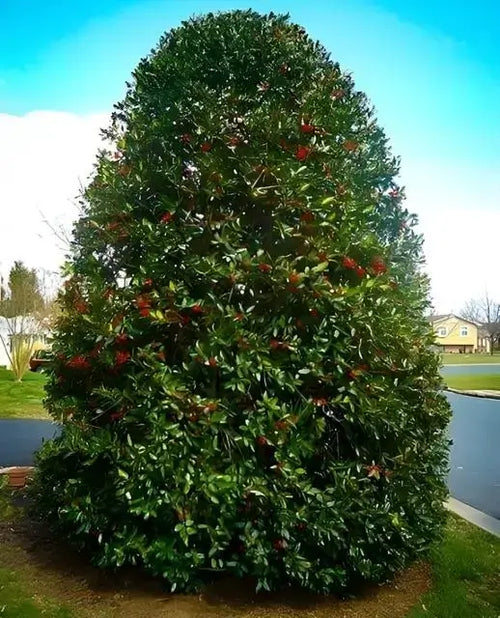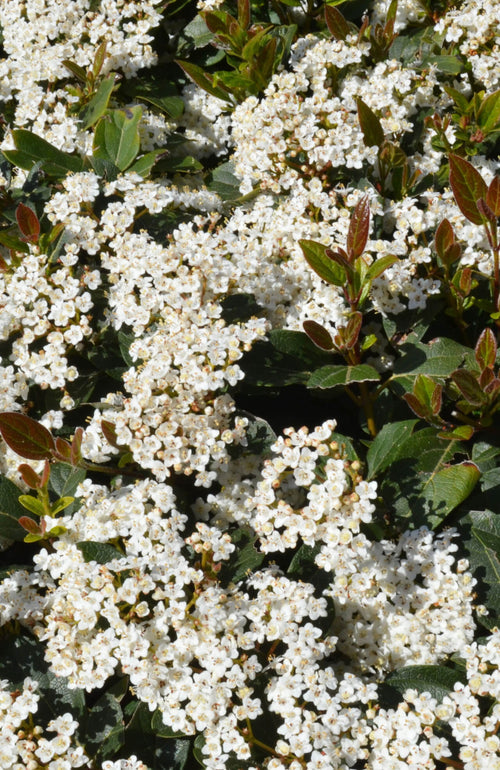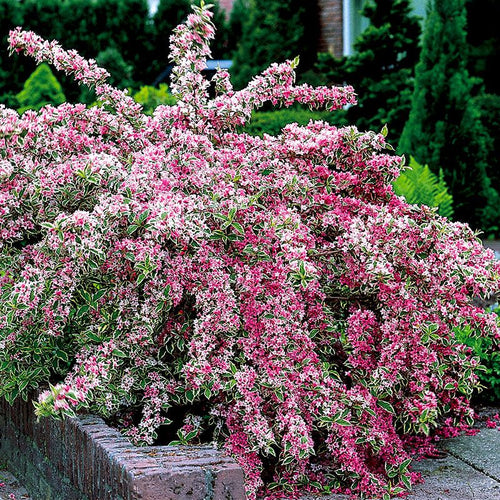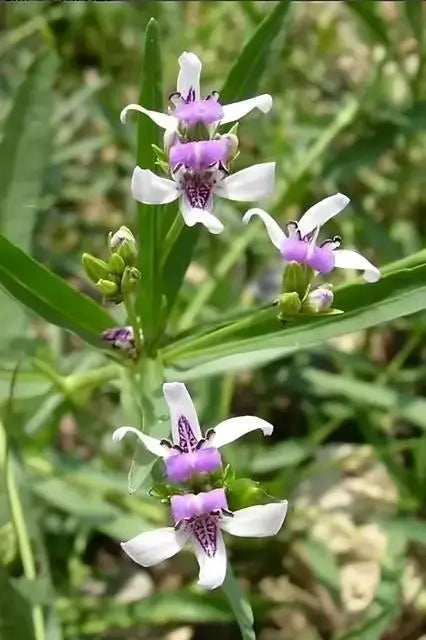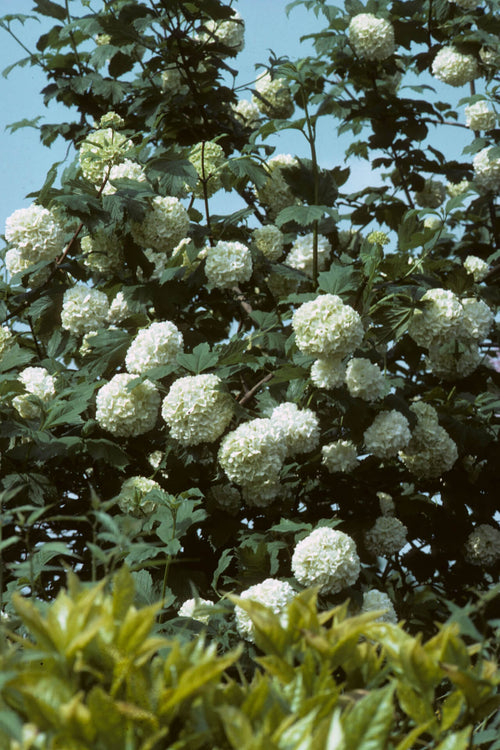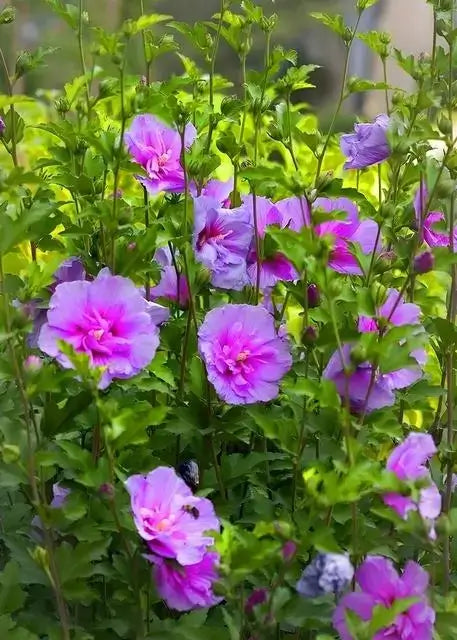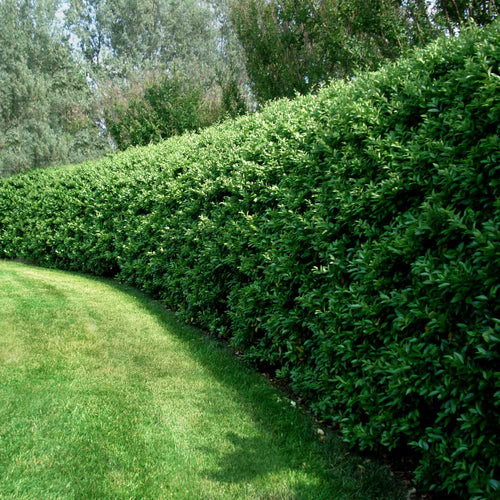White Dogwood Tree
The White Dogwood Tree is a beautiful, small deciduous tree native to eastern North America. It is admired for its elegant, four-petaled white or pinkish-white flowers and distinctive branching pattern, often seen in spring gardens and landscapes.
They are cherished for their elegant beauty and numerous positive attributes in landscaping. These deciduous trees, native to North America, are highly regarded for their stunning spring blossoms, colorful fall foliage, and year-round interest. Their positive attributes make them popular among homeowners, gardeners, and landscape designers.
White dogwood trees provide a breathtaking spring display.
It's one of the most captivating features! The tree is covered in large, showy white or pinkish flowers before the leaves emerge in early spring. These blossoms not only attract pollinators like bees and butterflies but also add a touch of charm and elegance to any landscape. The vibrant spring flowering can create a stunning enhancement to the overall aesthetic of a garden.
Another notable positive attribute is their attractive fall foliage. As the summer draws to a close, the leaves transform into shades of reddish-purple, scarlet, and burgundy. This stunning fall color provides a striking contrast against other greenery and makes the tree a standout element in any autumn landscape design.
Furthermore, they offer year-round interest, even during winter. The distinctive branching pattern, characterized by a flat-topped crown and horizontally layered branches, creates a unique silhouette against the winter sky. Moreover, the tree's red berries, which appear in late summer and persist into winter, serve as a valuable food source for various birds and wildlife, adding to its ecological significance.
Beyond their aesthetic appeal, white dogwood trees also contribute to the ecosystem. They provide shelter and nesting for birds, support various pollinators, and contribute to biodiversity. Additionally, the tree's dense canopy offers shade and helps reduce soil erosion, making it environmentally beneficial.
In conclusion, the white dogwood trees are prized for their stunning spring blossoms, colorful fall foliage, year-round interest, and adaptability in landscaping. Their beauty, ecological significance, and ability to complement various design styles make them valuable to any outdoor space. Whether used as focal points, naturalistic borders, or wildlife-friendly features, these trees add a touch of elegance and charm to any landscape.
Buy Your White Dogwood Tree at TN Nursery
White Dogwood Tree continues to rank among the most prized by property owners and landscape professionals. Its glorious white flowers contrast with deep green leaves while offering a graceful ornamental element to its properties. But this Tree also continues to deliver sustained beauty for all four seasons. Its dark leaves contrast the silver-gray bark when not in full bloom, and its red fruits bring winter birds chirping. But the Tree also possesses robust purplish-red fall foliage that distinguishes it from many other ornamental assets.
White Dogwood Tree is a Spring Blooming Sub Tree Favorite
The White Dogwood Tree, scientifically known as Cornus florida, is a magnificent and ornamental deciduous tree native to North America. It is celebrated for its stunning beauty, distinctive features, and significant role in natural landscapes and ornamental gardens. Standing as a sign of elegance and grace, the tree is cherished for its aesthetic appeal and cultural significance.
One of the most striking features of the tree is its exquisite blooms. In spring, before the leaves unfurl, this tree adorns itself with an abundance of delicate, four-petaled white flowers arranged in clusters. These blossoms, often mistaken for petals, are bracts that surround the inconspicuous central flowers. They create a mesmerizing contrast against the tree's dark gray-brown bark and vibrant green leaves.
As the seasons progress, the White Dogwood Tree undergoes a transformative journey. In summer, its leaves form an attractive canopy, giving shade and protection to the creatures seeking refuge. In fall, the foliage takes on a breathtaking display of color, transitioning to shades of deep red, burgundy, and purple. This autumnal spectacle adds to the tree's allure and makes it a popular choice for landscaping.
Beyond its aesthetic appeal, it holds cultural significance. It has been adopted as the state flower of both North Carolina and Virginia, further cementing its place in the hearts of those who reside in these regions. In Native American folklore, the dogwood is associated with various legends, symbolizing everything from protection and rebirth to love and sacrifice.
In addition to its cultural and ornamental value, the tree also plays a vital ecological role. Though unsuitable for human consumption, its berries feed diverse wildlife species, like birds and little mammals. This tree thus contributes to the biodiversity of its native habitat.
In conclusion, the White Dogwood Tree is a stunning symbol of natural beauty, cultural significance, and ecological importance. Its delicate white blossoms, captivating seasonal transformations, and rich symbolism make it a beloved addition to gardens and natural landscapes across North America.

